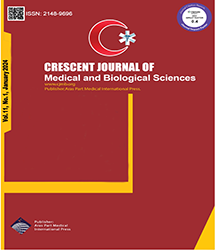
| Original Article | |
| A Review of Postural Balance and its Related Factors in the Elderly | |
| Nasrin Masoumi1, Behnam Masoumi2, Fatemeh Shoujaei1, Seyedeh Fariba Sharafi1 | |
| 1 Faculty of Nursing, Zanjan University of Medical Sciences, Zanjan, Iran 2 Faculty of Nursing and Midwifery, Shahid Beheshti University, Tehran, Iran | |
|
CJMB 2015; 2: 028-031 Viewed : 2804 times Downloaded : 1880 times. Keywords : Elderly, Postural Balance, Postural Equilibrium |
|
| Full Text(PDF) | Related Articles | |
| Abstract | |
Objective: The slowing down of the nervous system function and changes in the musculoskeletal system
(including joint changes and instability) during old age have resulted in imbalance and lack of postural control
becoming common problems during this age period. Using balancing tests and identifying those at risk can be
an important step in the prevention of falls and its consequences in the elderly. The purpose of this study was
to investigate the balance status of the elderly according to some demographic characteristics. Materials and Methods: In this descriptive cross-sectional study, 194 elderly retired from public institutions were selected using systematic random sampling method and studied. To gather information, tinetti gait and balance evaluation tests were performed which included 16 items in 2 sections of dynamic balance and static balance. After collecting the data, they were analyzed using SPSS software, and Kruskal-Wallis test, Mann-Whitney U test, and Spearman's rank correlation coefficient. Results: Results showed that regarding static balance, 82% of participants had natural balance and 18% had abnormal balance. Regarding dynamic balance, 95.4% of participants had natural balance and 4.6% had abnormal balance. Among the demographic characteristics (age, gender, and disease), age had a significant relationship with balance (dynamic and static). Moreover, a significant relationship was observed between dynamic balance and disease. Therefore, the possibility of imbalance in the elderly increased with age and history of a disease. Conclusion: Imbalance has been introduced as one of the most common risk factors for falls in the elderly. Therefore, using balance tests and identifying elderly with balance disorders, and using multilateral interventions (including balance rehabilitation programs), regular exercise programs, suitable living environment (safer furniture, installing rails and handles, and showers with no tub), and specialist counseling if needed, can prevent unwanted falls and injuries in the elderly. |
Cite By, Google Scholar
Google Scholar
PubMed
Online Submission System
 CJMB ENDNOTE ® Style
CJMB ENDNOTE ® Style
 Tutorials
Tutorials
 Publication Charge
Women's Reproductive Health Research Center
About Journal
Publication Charge
Women's Reproductive Health Research Center
About Journal
Aras Part Medical International Press Editor-in-Chief
Arash Khaki
Deputy Editor
Zafer Akan



























